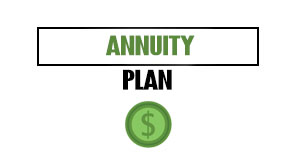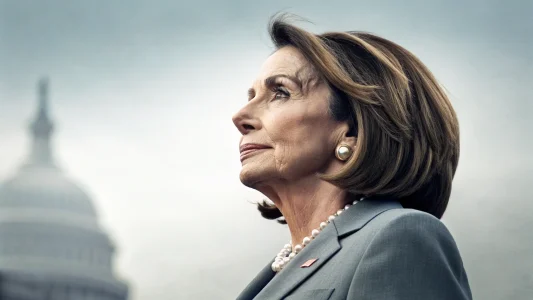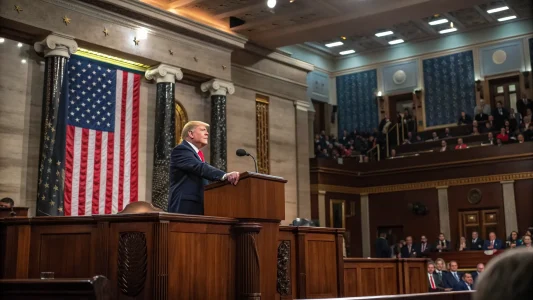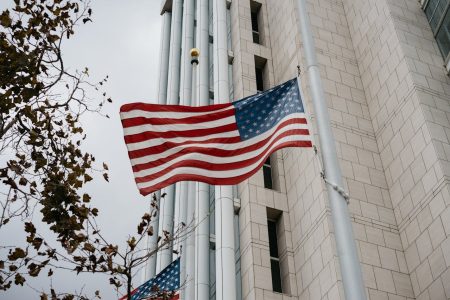Following talks in Scotland, President Donald Trump and President Ursula von der Leyen of the European Commission declared on Sunday that the United States and the European Union had reached a framework agreement on a new trade agreement. Von der Leyen confirmed that the EU agreed to impose 15% tariffs “across the board,” while Trump praised the agreement as “the biggest of them all.” Officials are still finalizing the agreement’s specifics.
Trump’s attempt to rewrite international trade agreements in favor of what he refers to as “fair and reciprocal” agreements has taken a significant step with this announcement. As the administration continues negotiating with key trading partners—including the EU, India, and Canada—Trump announced on Friday that officials would soon send letters detailing tariff rates for more than 200 countries.
Trump and EU agree on framework for tariffs
Trump suggested levying a 35% tariff on Canadian goods that aren’t covered by the USMCA trade agreement, claiming that the United States hasn’t had “a lot of luck” with Canada. The comments coincided with growing attempts to broaden Trump’s tariff policy as a pillar of his larger economic agenda.
Sunday’s EU deal follows a high-profile agreement with Japan last week, in which Japan pledged to invest $550 billion in the U.S. and accept a 15% tariff on goods imported into the American market. On Saturday, Japanese trade negotiator Ryosei Akazawa proposed using a portion of that investment to finance new facilities for a Taiwanese chipmaker in the United States. “For example, if a Taiwanese chipmaker builds a plant in the U.S. and uses Japanese components or tailors its products to meet Japanese needs, that’s fine too,” Akazawa said.
Taiwan Semiconductor Manufacturing Co. (TSMC) is currently constructing three plants in Arizona, one of which is already operational, and has already committed to a $100 billion U.S. investment. The agreement with Japan might also mark the beginning of a new norm for US trade policy under Trump. The president announced last Thursday that future tariffs would target less cooperative trading partners and range from 15% to 50%.
Prior to Trump’s “Liberation Day” tariffs, all U.S. trading partners were subject to a 10% baseline. However, the administration seems to be raising that baseline with the new agreements with Japan and the EU.
As trade talks continue, international markets wait for more clarity. The South China Morning Post reported on Sunday that Beijing and Washington plan to extend their current tariff truce by an additional three months when negotiations resume in Stockholm on Monday.
Featured Image Credit: Ibrahim Boran; Pexels: Thank You!















